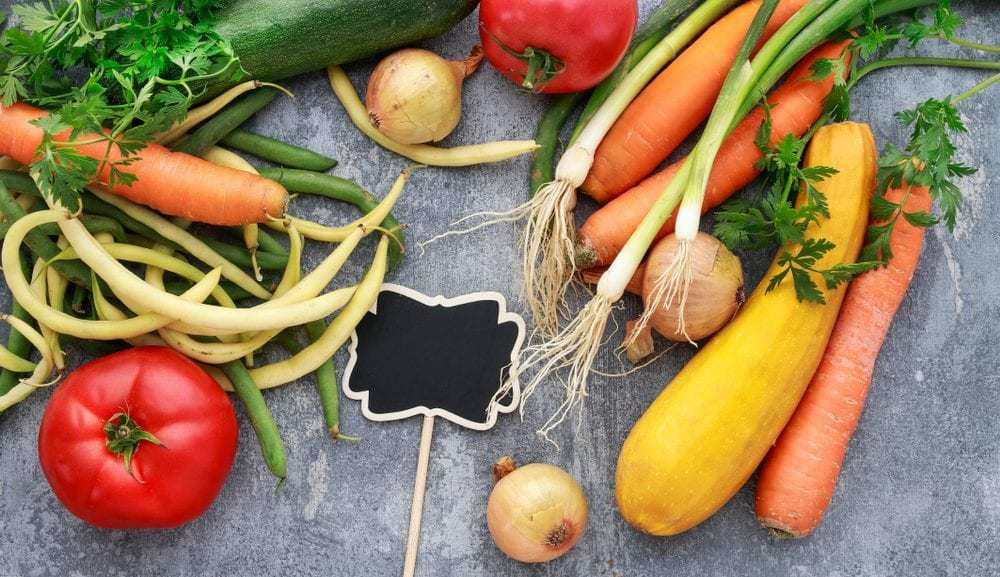Do You Trust Food Labels? Here’s What They Really Mean

Trip to the supermarket? Check. Groceries? Double check. Healthy ingredients? Check. Or maybe not. How do you know for sure what you just bought is healthy and good for you?
You would think a simple method would be to read the labels. But labels can also be tricky.
Therefore, to put an end to the food label guessing game, I’ve compiled a list with the most popular but also confusing labels found in supermarkets and what they really mean. Next time you’re walking through the snacks’ aisle, you’ll be able to make an informed choice and differentiate between what you should or shouldn’t buy.
 Natural
Natural
One of the most misleading terms we can find on labels is ‘natural’. When we think of natural, we think of something pure and unaltered. According to the FDA, foods under the ‘natural’ umbrella do not include artificial ingredients, artificial flavors, added color, preservatives. So far so good.
Unfortunately for us, if something is called natural, it is not necessarily healthy. Natural foods can still contain high amounts of sodium, sugar and calories.
More than that, it doesn’t mean they are free from antibiotics, GMO’s or other chemicals. Since natural does not refer to any standards regarding farm animals and practices, animals can receive whatever hormones or products producers deem alright for them.
 Non-GMO
Non-GMO
If you’ve ever wondered what Non-GMO means, it refers to non-genetically modified organisms, opposed to organisms created in laboratories as a result of genetic modification techniques. These latter engineering practices transcend the natural barriers and mix genes from bacteria, viruses, plants and animals into a new organism.
Too much weird science? That’s exactly why Non-GMO products are really in high demand. No one wants to eat something with the DNA combination of a rat and a cactus. The downside of so-called Non-GMO products is that they are not something regulated by authorities, which means it is very difficult to know for sure if they are the real deal.
To feel more at ease with your food choices, look for labels with the butterfly logo. This means the product was verified by the non-profit organization that regulated the term and passed its testing.

 Organic
Organic
Organic is the new craze and for good reason. It is undoubtedly the most strictly regulated label by the USDA and thus, the most likely to be true.
According to the USDA, organic refers to how agricultural products and animals are grown and processed. In other words, crops should not be sprayed with any pesticides, petroleum-based or sewage-sludge fertilizers or any other substances on the National List of Allowed and Prohibited Substances. Animals should be allowed to graze outdoors and receive organic feed, free or hormones and antibiotics.
A product cannot be labeled as organic unless it has undergone a specialized certification process. Moreover, it has to include at least 95% organic ingredients and the remaining 5% must be on the USDA list of approved ingredients. Compared to other food labels, I’d say organic is by far a much safer bet!
 Made with organic
Made with organic
Given that organic regulations are pretty tight, no product can be labeled organic without having met all requirements. On a smaller scale, ‘made with organic’ also undergoes a standardized process but foods are allowed to include at least 70% organic ingredients. It still is a considerable amount and it excludes ingredients based on sewage-sludge produced or ionizing radiation.
The remaining 30% should consist of USDA approved non-organic ingredients, GMO free. Moreover, all organic ingredients must be specified in the ingredients list.
While ‘made with organic’ is the next best thing to ‘certified organic’, many consumers are still wary of the 30% non-organic ingredients, claiming the manufacturers still find loopholes to use synthetic chemicals and antibiotics.

 Best if used by
Best if used by
Don’t panic if you ate something after the ‘best if used by’ date. You won’t suddenly get sick or become infected with a weird virus. You might, however, not enjoy the product as much as you’d like. This is because the label refers to quality factors such as flavor, appearance and freshness.
‘Best if used by’ is not a safety warning but it does tell that the respective product may not taste as good after a certain date. It generally applies to shelf products such as bread, pasta, peanut butter.
 Use by
Use by
The ‘use by’ label is a different story. This is the most important in terms of safety and disregarding it may put your health at risk.
‘Use by’ refers to the expiration date of a product and provides useful instructions on how to store the product and what is the timeframe you are allowed to consume it after opening the package. To avoid food poisoning or any other health problems, do not consume any food or drink if the ‘use by’ date has passed. Not even if it may look and smell nice.
This label usually applies to highly perishable products such as seafood, meat or dairy.
